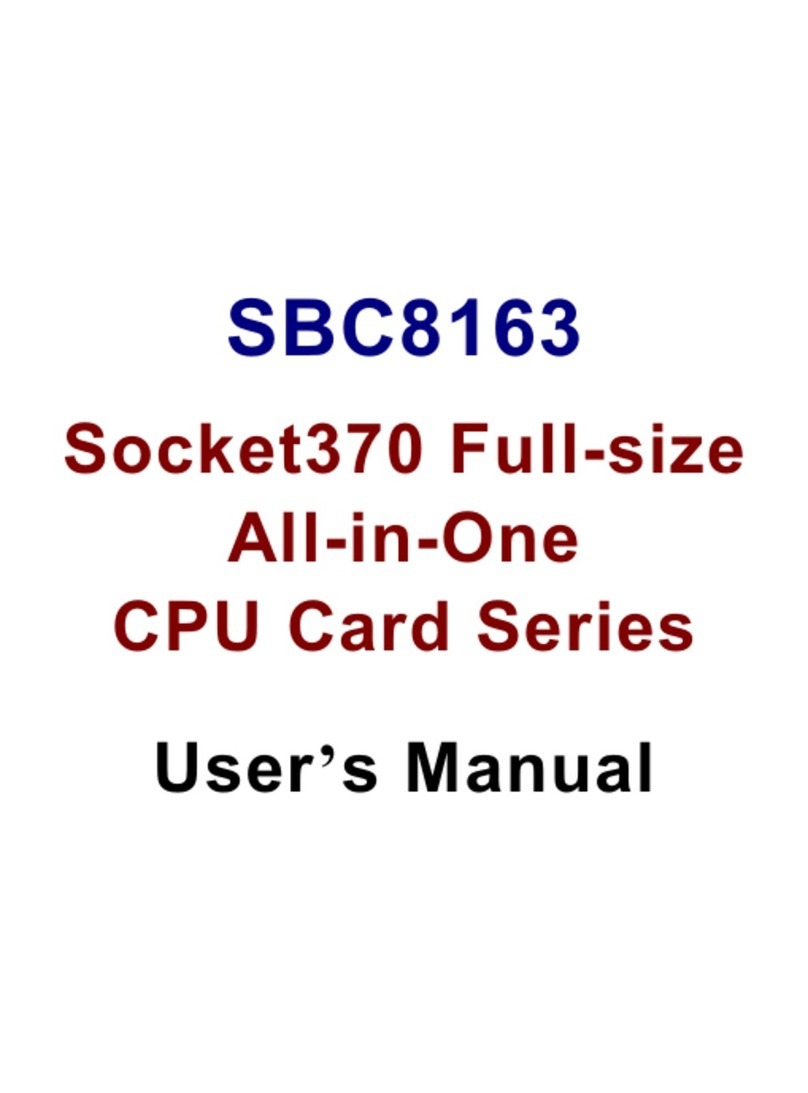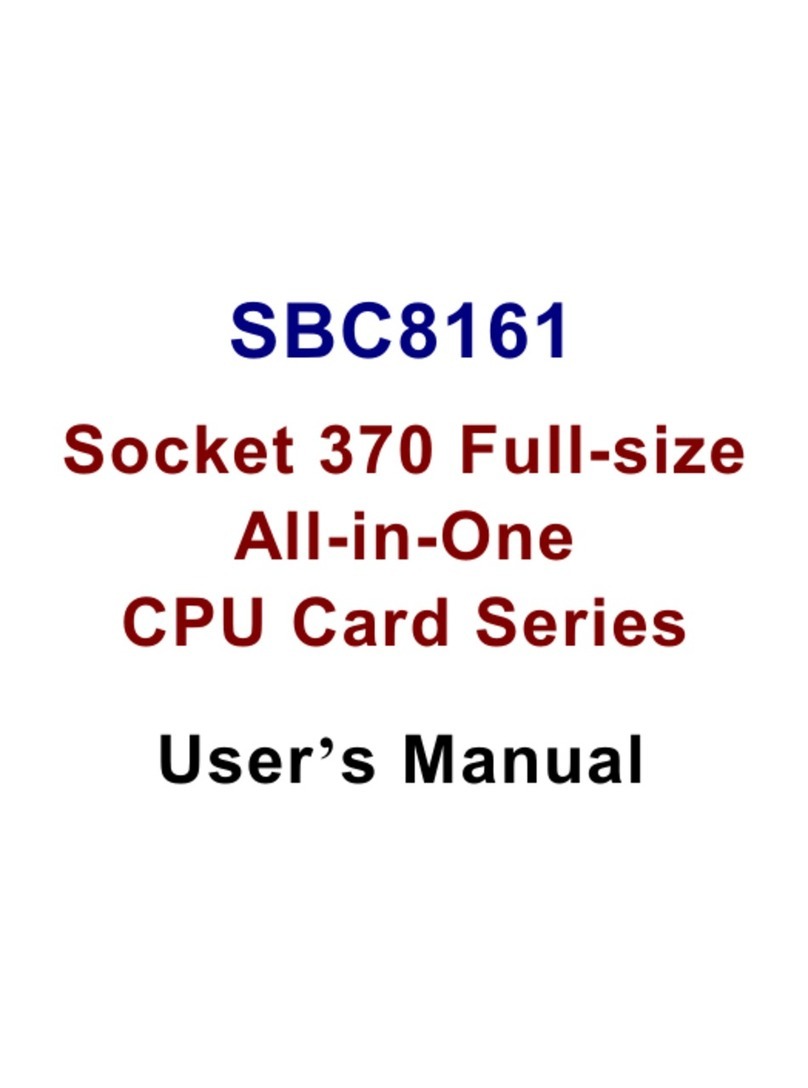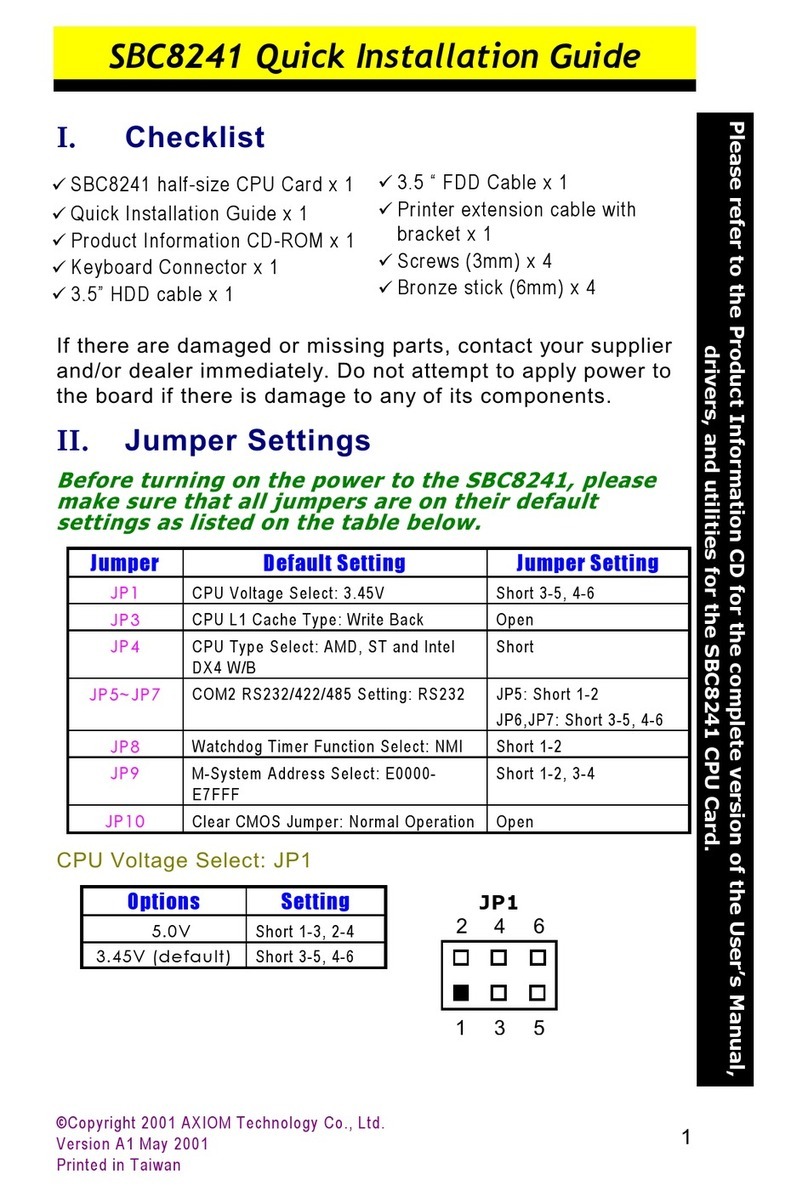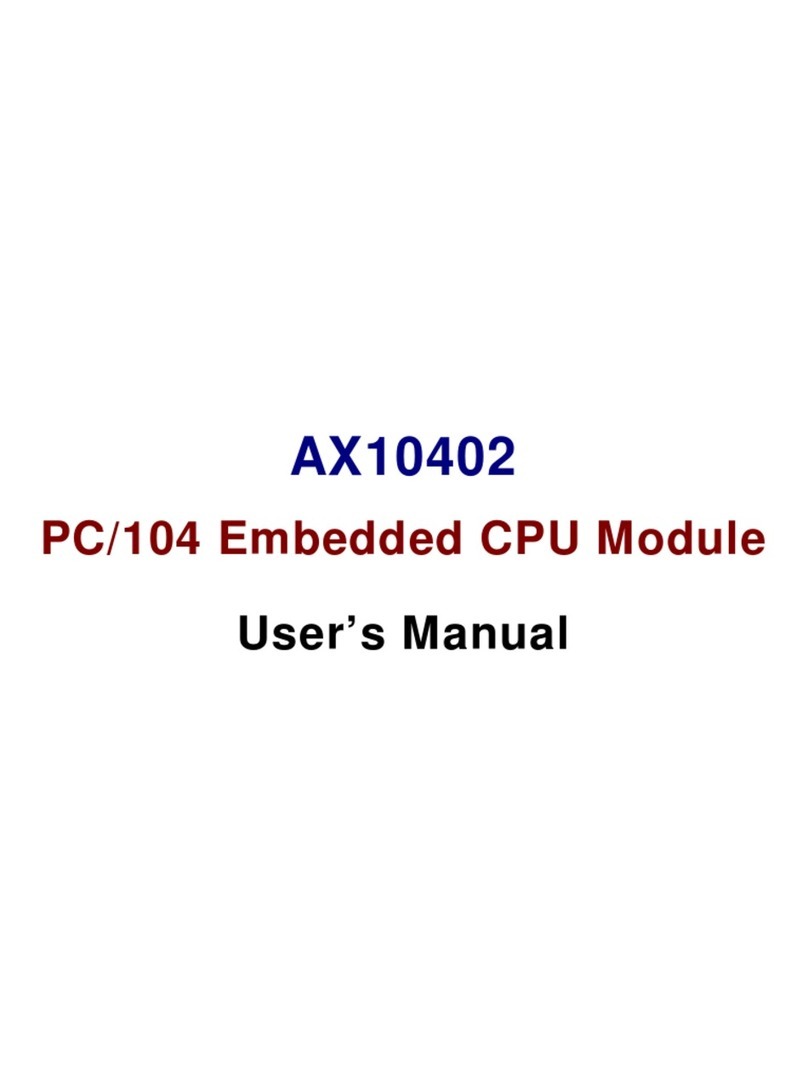
CMD-5xx 08/07/02
2
CONTENTS
FEATURES ...................................................................................................................................................................3
CAUTIONARY NOTES..................................................................................................................................................5
GETTING STARTED .....................................................................................................................................................6
SOFTWARE DEVELOPMENT.........................................................................................................................................................6
TERMINAL SETTINGS..................................................................................................................................................................7
TUTORIAL..................................................................................................................................................................................7
Using the Debug Monitor.....................................................................................................................................................7
Programming the Onboard Flash Memory...........................................................................................................................8
MEMORY BANKS AND DEFAULT MEMORY MAP ......................................................................................................9
CMD-5XX DEFAULT MEMORY MAP...........................................................................................................................................9
SYNCHRONOUS SRAM MEMORY .............................................................................................................................................10
BURSTABLE FLASH MEMORY ...................................................................................................................................................10
PORT REPLACEMENT UNIT (PRU) MEMORY .............................................................................................................................10
MEM SOCKETS MEMORY ........................................................................................................................................................10
OPTION SWITCHES AND JUMPERS..............................................................................................................................................11
Mode Switch 1-4 External Reset Configuration Options...................................................................................................... 11
Mode Switch 1...................................................................................................................................................................11
Mode Switch 2...................................................................................................................................................................11
Mode Switch 3...................................................................................................................................................................11
Mode Switch 4...................................................................................................................................................................11
CFG_EN Jumper...............................................................................................................................................................11
MEMORY DEVICE / BANK SELECTION AND CONFIGURATION...................................................................................................... 12
Memory Bank Chip Select Configuration............................................................................................................................ 12
MAP_SW – Ram Bank and Flash Bank Options..................................................................................................................12
MEM_EN Jumper..............................................................................................................................................................13
MEM_OPT Jumper............................................................................................................................................................13
MEM_VOLT Jumper.......................................................................................................................................................... 13
PRU_EN Jumper ...............................................................................................................................................................13
COMMUNICATION PORTS.........................................................................................................................................14
COM_SWITCH - SERIAL PORT CONFIGURATION..................................................................................................................... 14
JP1 – COM-2 DCE/DTE Option ........................................................................................................................................ 14
DATA LINK CONTROLLER / J1850.............................................................................................................................................15
CAN INTERFACE AND OPTIONS ................................................................................................................................................15
LCD-PORT AND KEYPAD / KEY-PORT ...............................................................................................................................16
LCD / Keypad Memory Map ..............................................................................................................................................16
LCD Display CONTRAST..................................................................................................................................................16
JP2 - LCD_PORT Power Polarity Select............................................................................................................................ 16
PERSONALITY MODULE (PM-5XX) OPTIONS AND SETTINGS................................................................................17
CONFIG SWITCH ....................................................................................................................................................................17
PM-555/6 HARDWARE OPTIONS...............................................................................................................................................17
PM- 555/6 -T Additional Options ....................................................................................................................................... 17
PM-561/2/3/4 HARDWARE OPTIONS......................................................................................................................................... 18
PM561/2/3/4-T Options ..................................................................................................................................................... 18
PM-565/6 HARDWARE OPTIONS...............................................................................................................................................19
TROUBLESHOOTING.................................................................................................................................................20
































